Streamlining processes can save hundreds of additional workdays
At the meeting on May 24, Minister of Construction Tran Hong Minh reported and explained issues related to mechanisms, policies, and special treatment for social housing development.
With an open and action-oriented mindset, the Minister frankly pointed out a series of obstacles regarding mechanisms, policies, and procedures that are hindering the goal of building 1 million social housing units by 2030.
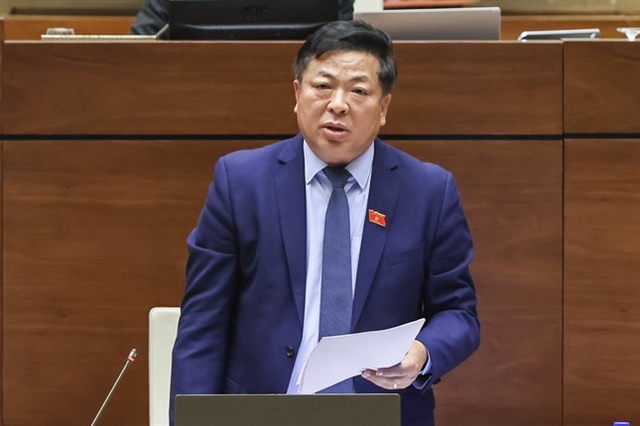
Minister of Construction Tran Hong Minh. Photo: Nhu Y |
Since the beginning of the term, the goal of 1 million social housing units has been affirmed. However, in reality, the progress is slower than expected.
According to the Minister, up to this point, only about 623,000 units have been completed nationwide, with just 73,000 units finished and put into use – equivalent to approximately 15% of the target.
In 2025 alone, the target was set at 100,000 units, but only 15,600 units have been completed and nearly 20,000 units started construction, achieving about 44% of the plan.
Explaining this delay, Minister Tran Hong Minh frankly pointed out that the biggest “bottleneck” lies in the mechanisms, institutions, and implementation procedures. We have policies but lack flexibility in enforcement; we have capital but low disbursement; we have investors but cumbersome procedures that discourage them.
One of the notable shortcomings is the lengthy investment procedure. According to the Minister, the process of bidding to select investors for a social housing project currently takes an average of 300 days – and that’s just for one procedure. Meanwhile, if the new reform proposals are applied, this time can be reduced to 75 days.
Similarly, if the procedures for appraising planning, technical design, and establishing and approving the total estimate are streamlined, it will save hundreds of additional workdays, enabling investors to implement projects more promptly.
The Minister also emphasized the issues of land funds and credit sources. He stated that localities must proactively allocate land funds for social housing development within their planning, especially when carrying out resettlement and land clearance.
A uniform price cannot be applied
Regarding credit sources, although the Government has assigned a limit of VND 120,000 billion (later increased to VND 145,000 billion), only a meager amount of over VND 3,000 billion, or less than 3%, had been disbursed as of April this year.
According to the Minister, the reason lies partly in the stringent borrowing conditions and the credit process, which is impractical for social housing investment, an area that requires substantial government support.
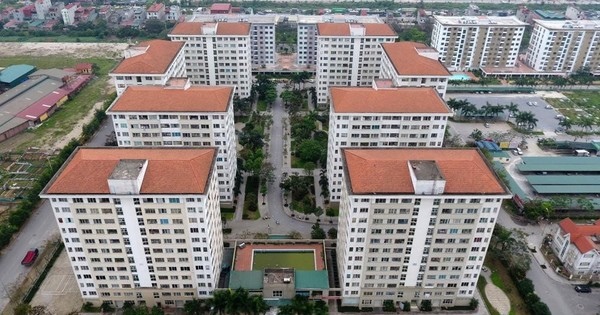
A uniform price for social housing cannot be applied across provinces and cities. (Illustrative image) |
Additionally, the selling and rental prices of social housing were also a topic of interest among delegates. While some suggested setting a floor price, Minister Tran Hong Minh opined that this would be challenging to implement, as each locality has different conditions regarding materials, labor, and land funds.
Therefore, we cannot apply a uniform price across provinces and cities. The price of social housing must be determined based on the approved estimate at each locality, with a deviation not exceeding 10%.
To untangle the current knot, the Ministry of Construction will thoroughly absorb the contributions from the National Assembly delegates, improve mechanisms and policies by reducing procedures and shortening appraisal times, and issue specific guides to facilitate localities’ implementation.
The “commander” of the construction sector pledged to work with the drafting subcommittee to promptly adjust the draft in the coming days, ensuring that the social housing development policy truly enters life.
The Minister’s determined statement is a positive signal in the context of the urgent need for housing for low-income people, workers, and laborers in industrial zones.
Luân Dũng
– 17:46 24/05/2025
“Luxury Apartments: Prime Location, Unbeatable Price”
The Phu Lam Social Housing Project is an exceptional initiative offering a unique opportunity for individuals to own affordable homes. With prices at an incredible rate of less than 14 million VND per square meter, this project is a rare gem in the real estate market, boasting rates three times lower than those advertised by competitors. This project stands out as one of the few qualified projects accepting applications for social housing purchase after a 5-year rental period.
Unlocking $6 Quadrillion: The Key to Unlocking Vietnam’s Real Estate Conundrum
National Assembly Deputy Hoang Van Cuong has proposed a bold idea to unlock nearly VND 6 quadrillion from over 2,200 stagnant real estate projects. By addressing the challenges faced by these ventures, Cuong believes that Vietnam can harness a significant source of capital to fuel its ambitious growth target of 8% in 2025. This innovative approach has the potential to revolutionize the country’s economic landscape, offering a new avenue to fund infrastructure development and stimulate economic growth. The question now is: will this proposal gain traction and shape Vietnam’s path toward a brighter economic future?
Anxious Delegates Confront a ‘Jungle of Red Tape’ Stifling Business
The current bureaucratic red tape is stifling our ability to attract private investment and drive growth. This is the opinion of several members of parliament, who believe that the excessive and cumbersome procedures are hindering the country’s economic potential.

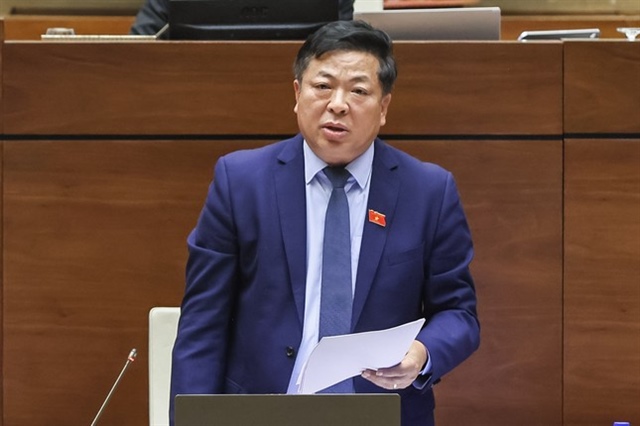
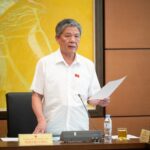

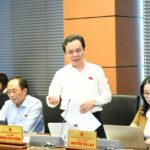
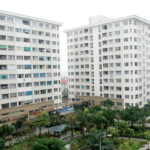





![[Photo Essay]: Experts, Managers, and Businesses Unite to Forge a Path Towards Sustainable Green Industry](https://xe.today/wp-content/uploads/2025/07/z678592918-150x150.jpg)


![[Photo Essay]: Experts, Managers, and Businesses Unite to Forge a Path Towards Sustainable Green Industry](https://xe.today/wp-content/uploads/2025/07/z678592918-100x70.jpg)






